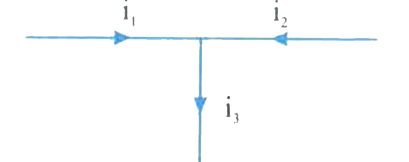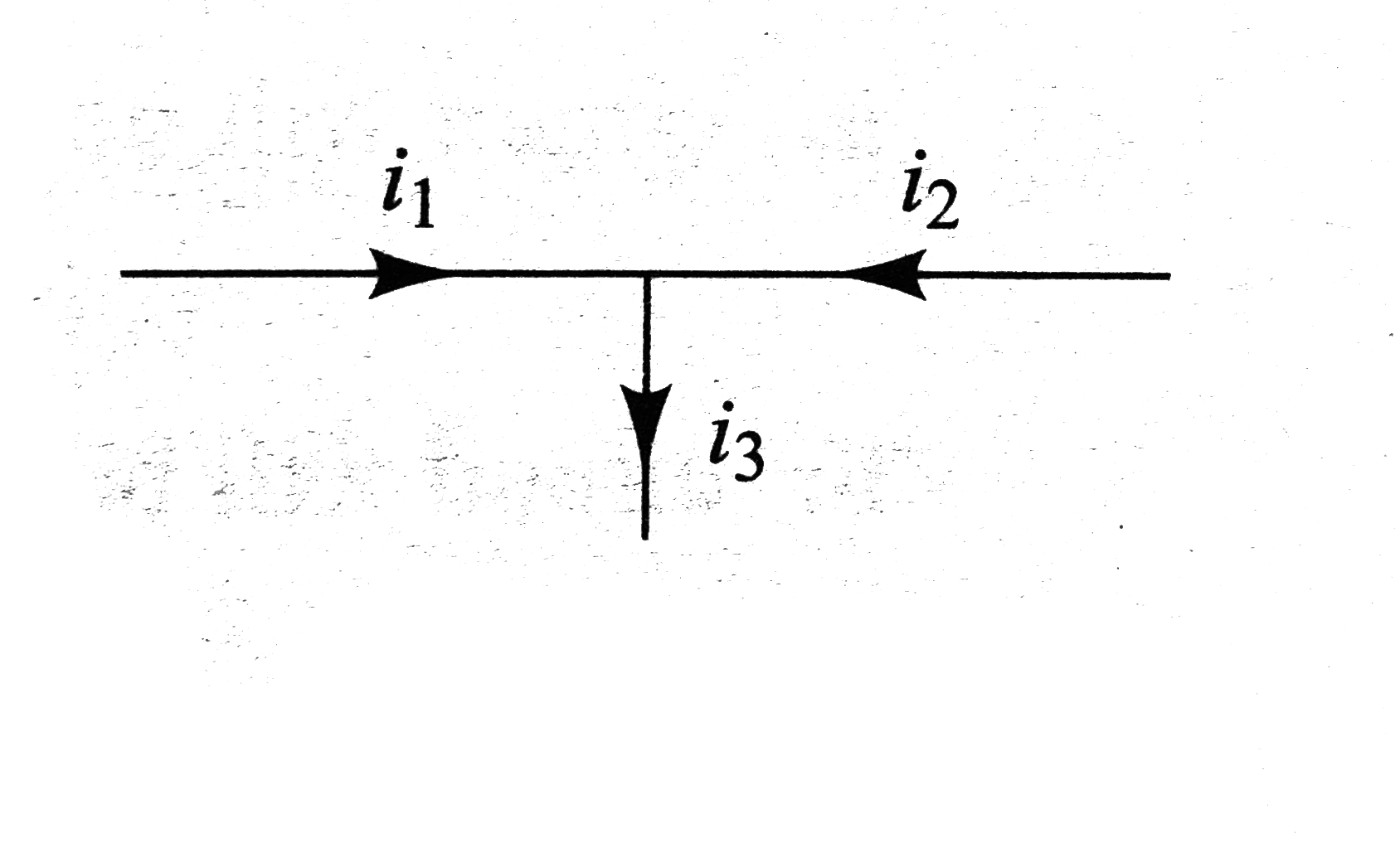Which of the following represent simple harmonic motion?
(i) x = A sin ωt + B cos ωt
(ii) x = A sin ωt + B cos 2ωt
(iii) x = A eiωt
(iv) x A ln ωt
Text Solution
(i) x=Asinωt+Bcosωt
dxdt=Aωcosωt−Bωsinωt
d2xdt2=−ω2(Asinωt+Bcosωt)
d2xdt2=−ω2x
This differential equation is similar to the differential equation of SHM (equation 10.10).
Therefore, x=Asinωt+Bcosωt represents SHM.
(ii) x=Asinωt+Bcos2ωt
dxdt=Aωcosωt−B(2ω)sin2ωt
d2xdt2=−ω2(Asinωt+4Bcos2ωt)
d2xdt2≠−ω2x
This differential equation is not like the differential equation of a SHM (equation 10.10). Therefore, x=Asinωt+Bcos2ωt does not represent SHM.
(iii) x=Aeiωt
dxdt=Aωeiωt
d2xdt2=−Aω2eiωt=−ω2x
This differential equation is like the differential equation of SHM (equation 10.10). Therefore, x=Aeiωt represents SHM.
(iv) x = A ln ωt
dxdt=(Aωt)ω=At
d2xdt2=−At2⇒d2xdt2≠−ω2x
This differential equation is not like the differential equation of a SHM (equation 10.10). Therefore, x = A ln ωt does not represent SHM.
|
Topper's Solved these Questions
- OSCILLATIONSBOOK - NCERT TAMILCHAPTER - OSCILLATIONSEXERCISE - EVALUATION(I. MULTIPLE CHOICE QUESTIONS)
15 Videos
- OSCILLATIONSBOOK - NCERT TAMILCHAPTER - OSCILLATIONSEXERCISE - EVALUATION(IV. NUMERICAL PROBLEMS)
4 Videos
- OSCILLATIONSBOOK - NCERT TAMILCHAPTER - OSCILLATIONSEXERCISE - Additional Exercises
6 Videos
- NATURE OF PHYSICAL WORLD AND MEASUREMENTBOOK - NCERT TAMILCHAPTER - NATURE OF PHYSICAL WORLD AND MEASUREMENTEXERCISE - EXERCISE (V. Conceptual Questions)
5 Videos
- PHYSICAL WORLD BOOK - NCERT TAMILCHAPTER - PHYSICAL WORLD EXERCISE - EXERCISES
15 Videos
Similar Questions
Identify which of the following function represent simple harmonic motion.
(i) Y=AeIωt (ii) Y=ae−ωt
(iii) y=asin2ωt (iv) y=asinωt+bcosωt
(v) y=sinωt+bcos2ωt
View SolutionIdentify which of the following function represent simple harmonic motion.
(i) Y=AeIωt (ii) Y=ae−ωt
(iii) y=asin2ωt (iv) y=asinωt+bcosωt
(v) y=sinωt+bcos2ωt
View Solution
Knowledge Check
The epoch of a simple harmonic motion represented by x=√3sinωt+cosωtmis
A30∘B40.3∘C60∘D25∘Find the resultant amplitude of the following simple harmonic equations :
x1=5sinωt
x2=5sin(ωt+53∘)
x3=−10cosωtA5B10C15D20The ratio of amplitudes of following SHM is x1=Asinωtandx2=Asinωt+Acosωt
A√2B1√2C1D2
If i1=3sinωt and i2=6cosωt, then i3 is

View SolutionIf i1=3sinωtand(i2)=4cosωt, then (i3) is

View SolutionThe function x=Asin2(ω)t+Bcos2(ω)t+Csin(ω)tcos(ω)t represent (SHM) for which of the option(s).
View SolutionIf i1=3sinωtand(i2)=4cosωt, then (i3) is

View SolutionThe function x=Asin2(ω)t+Bcos2(ω)t+Csin(ω)tcos(ω)t represent (SHM) for which of the option(s).
View Solution
